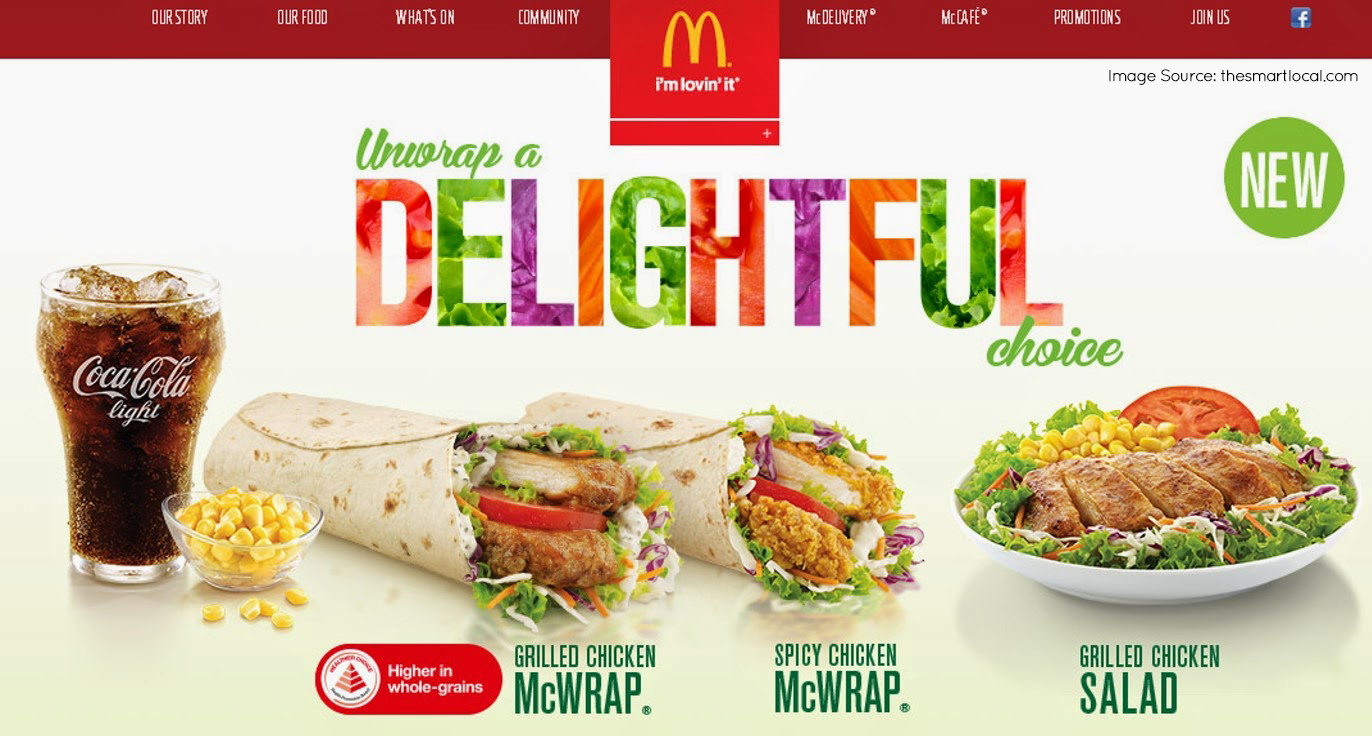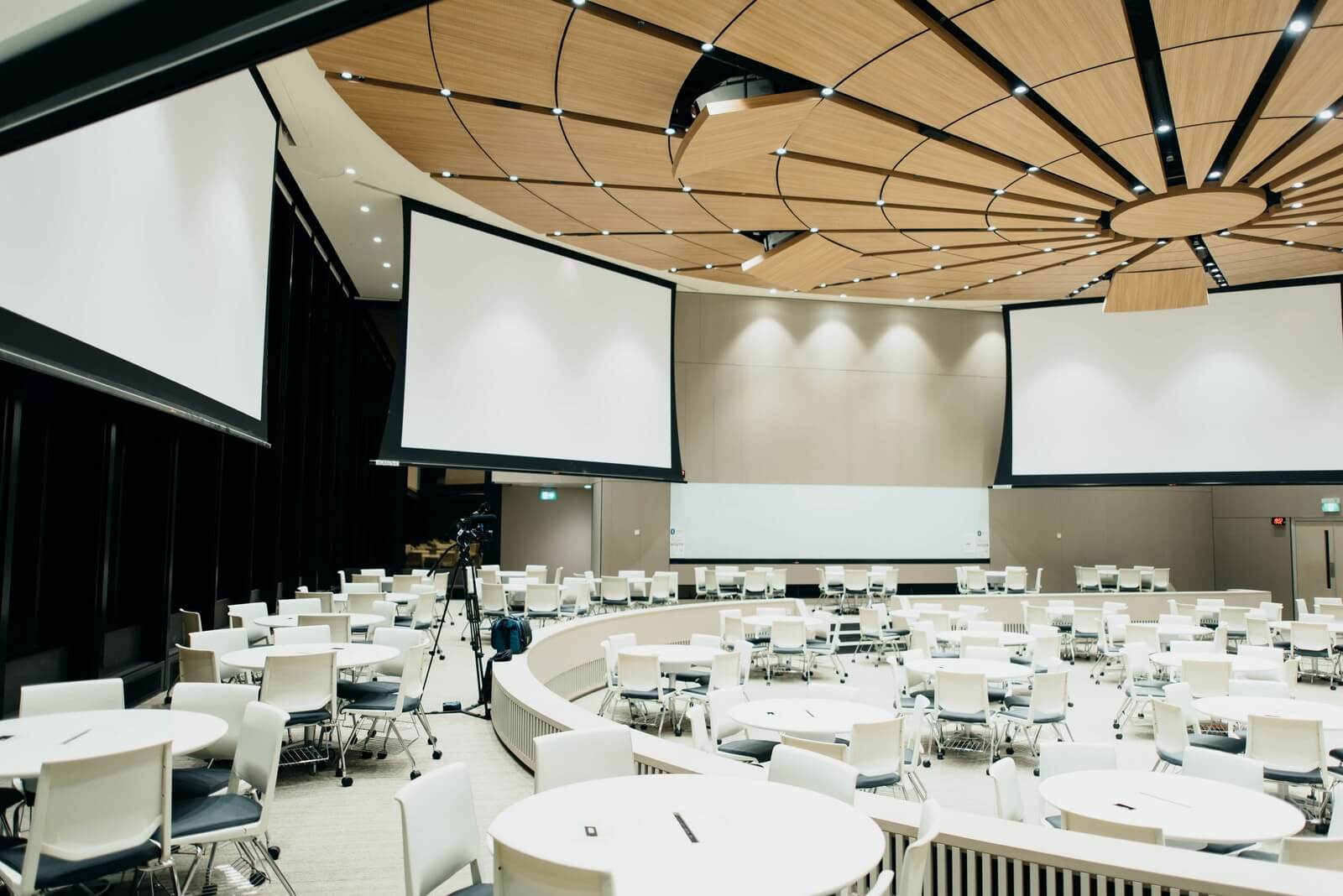Design Strategy, Trends
The recent past has seen many companies, big and small, leverage on the rapid advancements in artificial intelligence, voice recognition, computer vision and motion sensor technology that the world has seen in the past few years, to bring pathbreaking, innovative new products into mainstream, everyday use.
One of the areas such technology has the potential to create meaningful social impact is in its use to improve the quality of life of the differently abled community. However, ‘designing’ for this community is sadly often reduced to nothing more than an appendage to the original design, added on as an afterthought.
So, as a venture design company that is heavily embedded in design thinking, it is refreshing to come across products that are developed using the design thinking framework, where the end user’s experience is the focus of the problem solving process, and technology is integrated as an enabling tool that enhances the user’s experience.
Today we’re sharing 3 products that we feel are excellent examples of this, featuring one product each designed to assist the deaf, the blind and the mobility impaired.
Seeing AI
Microsoft’s Seeing AI (free) app is designed to assist people with poor or no vision. The app, which is VoiceOver enabled, uses artificial intelligence to help blind people make better sense of the world around them by*:
– Speaking text as soon as it appears in front of the camera.
– Providing audio guidance to capture a printed page, and recognising the text, along with its original formatting.
– Recognising friends and describing people around the user, including an estimate of their age emotions.
– Providing audio beeps to help locate product barcodes and then scanning them to identify what they are.
– Generating an audible tone corresponding to the brightness in the user’s surroundings.
– Reading out handwritten text.
– Identifying currency bills when paying with cash.
Here’s the demo video of the person recognition feature:
The app is currently available for download in 70 countries, including India.
Eye Gaze Controlled Wheelchair
A person who has a physical disability that prevents them from walking, would usually be able to move around with the help of a wheelchair. But what happens when the user also doesn’t have the ability to use his hands and arms to steer the wheelchair? Using its eye tracking technology, EyeTech, in collaboration with Quantum Rehab has designed a system to overcome this. Here’s a video that explains how it works:
StorySign
This free app from Huawei uses a combination of artificial intelligence and augmented reality to scan and display text alongside sign language, via an animated character, helping young children learn to read.
This could potentially revolutionise the ‘storytime’ experience for the world’s 32 million deaf children. This video shows you how, and is also sure to bring a smile to your face.
How do you feel technology like artificial intelligence and virtual, augmented and mixed reality could be utilised to make a difference in the lives of people living with other forms of disabilities? Do share your thoughts in the comments below.
To help the creative juices flow, we leave you with a quote by Charles Eames that draws from the basic premise around which the design thinking framework is based:
Recognizing the need is the primary condition for design











